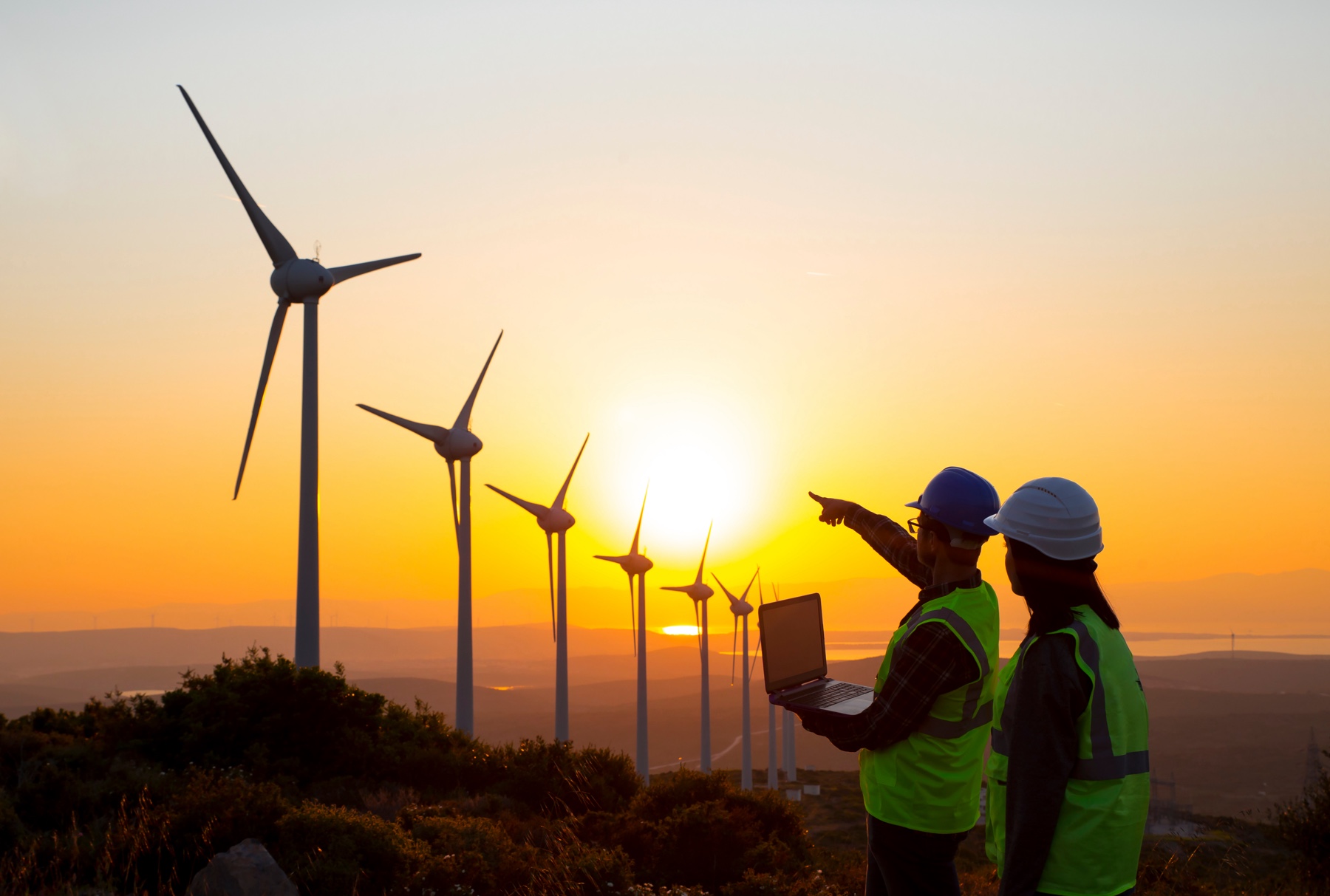BIOHEAT: husbanding biological heat to transform wastewater treatment
BIOHEAT is investigating heat transfers in microbial systems. This understanding will allow us to engineer and husband them.
Project leader
Dr Liz Heidrich
Dates
2019-2021
Sponsors
EPSRC: Engineering and Physical Sciences Research Council
Partners
CentraleSupelec
Helmholtz Association
Northumbrian Water Group plc
Description
Bioelectrochemical systems (BES) are a newly developing technology. Specialised bacteria grow on an electrode and produce currents as they digest the wastes.
Harnessing BIOHEAT is a step towards realising BES.
BES technologies work with dilute wastewaters and at low temperatures. But they are not energetically efficient. Up to 90% of the total input energy goes missing, and some of this goes to heat.
Balancing the energy inputs and outputs is important for the industrial credibility of BES technology. If we can link a temperature signal to different types of microbial metabolism (eg electrogenesis vs hydrolysis), taking the temperature of a biofilm may be useful as a diagnostic tool.
Linking heat energy to growth will give us a deeper understanding of the biology of anaerobic systems. We need to understand the link between a heat signal to metabolism, substrate uptake, and growth in mixed microbial systems. This will provide a platform for future research into how energy relates to bacterial stability and diversity. It will provide us with information about how we can engineer these.
